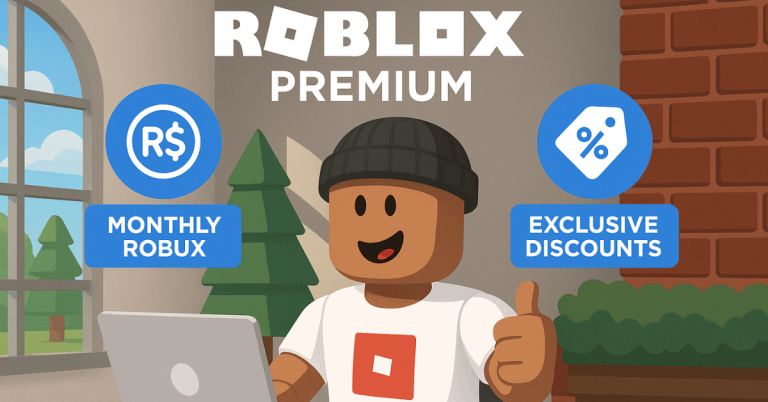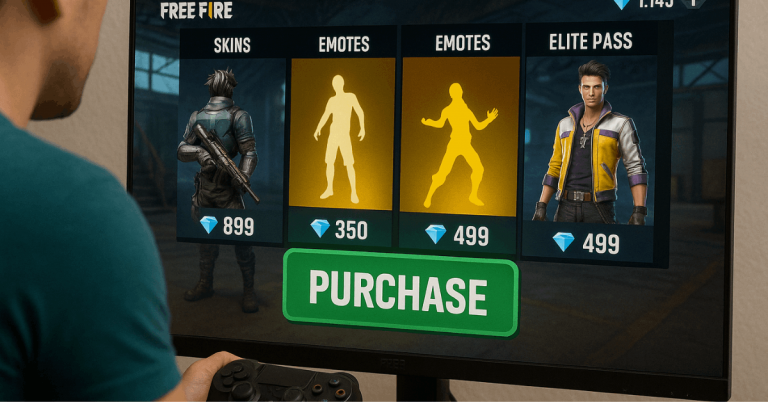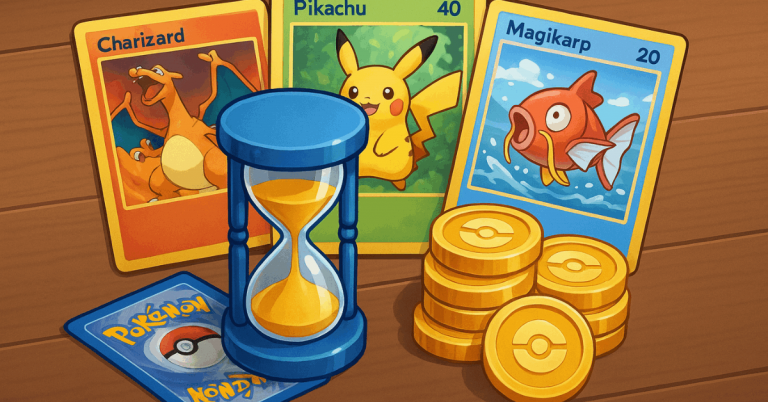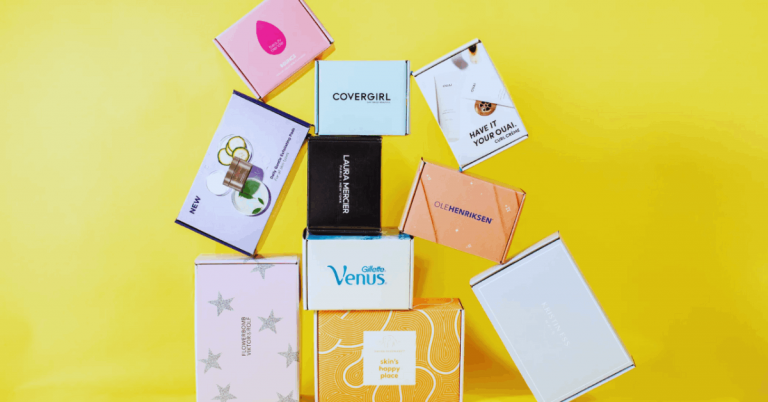In the dynamic world of graphic design, freelancing offers a world of opportunities and challenges.
Whether you’re just beginning or aiming to advance your freelance career, these graphic design freelance tips will guide you on the path to success.
Dive into the essential strategies and insights that will empower you to thrive as an independent graphic designer.
The Freelance Graphic Design Landscape
Understanding the current terrain is crucial for success in the ever-evolving landscape of freelance graphic design. Here, we delve into the key aspects shaping this dynamic industry:
- Growing Demand: Discuss the increasing demand for freelance graphic designers due to businesses seeking flexible solutions and specialized skills.
- Competition: Address the competitive nature of the field, highlighting the need for unique value propositions.
- Remote Work: Explore how technology and remote work trends have transformed the freelance graphic design landscape.
- Industry Niches: Discuss the importance of identifying and targeting specific industry niches for freelancers.
- Global Opportunities: Explore how freelancers can tap into international markets, expanding their client base beyond geographical boundaries.
- Freelance Platforms: Mention popular freelance platforms and their role in connecting designers with clients.
- Changing Client Expectations: Discuss how client expectations have evolved and what modern clients seek in freelance graphic designers.
- Economic Factors: Consider economic factors like pricing dynamics and how they influence the freelance graphic design landscape.
- Upskilling: Highlight the importance of continuous learning and staying updated with design trends and tools.
- Work-Life Balance: Mention the challenges and benefits of work-life balance in the freelance graphic design industry.
Essential Skills for Freelance Graphic Designers
Successful freelance graphic designers possess unique skills that extend beyond artistic talent. Here, we outline the essential skills required to excel in the competitive world of freelance graphic design:
- Creativity: The ability to think outside the box and develop innovative design concepts.
- Proficiency in Design Software: Mastery of design software such as Adobe Creative Suite (Photoshop, Illustrator, InDesign).
- Communication Skills: Clear and effective communication with clients to understand and meet their design needs.
- Time Management: Efficiently managing schedules to meet project deadlines and handle multiple tasks.
- Adaptability: Being open to feedback and adapting to changing client preferences and design trends.
- Attention to Detail: Precision and an eye for detail to ensure high-quality, error-free design work.
- Business Acumen: Understanding pricing, contracts, and client relations for managing a freelance design career.
- Typography: Proficiency in typography to create visually appealing and readable designs.
- Color Theory: A solid grasp of color theory to evoke desired emotions and messages in designs.
- Problem-Solving: The ability to find creative solutions to design challenges.

Building a Strong Portfolio
A strong portfolio is vital for a successful freelance graphic design career. It highlights your skills, style, and versatility, which are essential for attracting clients. Here are five key steps:
- Select Your Best Work: Choose a curated selection of your finest projects that demonstrate your skills and versatility as a graphic designer.
- Organize Effectively: Structure your portfolio logically, grouping similar projects to make it easy for clients to navigate.
- Tell a Story: Provide context for each project, explaining your creative process, client goals, and the problem you solved through your design.
- Show Diversity: Include a variety of projects to showcase your range, from branding and print materials to web design and illustration.
- Regular Updates: Keep your portfolio up-to-date with your latest work to reflect your evolving skills and style.
Setting Your Freelance Rates
Here’s a breakdown of the critical factors to consider when determining your freelance rates:
- Skill and Experience: Assess your expertise and years of experience in the field as a baseline for pricing your services.
- Market Research: Research industry standards and rates for graphic design services in your geographic area and niche.
- Project Complexity: Factor in the complexity of each project, including the scope, deliverables, and level of customization.
- Overheads and Expenses: Consider your business expenses, such as software subscriptions, hardware, and self-employment taxes.
- Profit Margin: Determine the profit margin you aim to achieve, ensure your rates cover all costs, and leave room for growth.
- Client Budget: Be aware of your client’s budget constraints, but only value your work based on their budget.
- Value Proposition: Highlight your unique value to clients, which can justify premium rates.
Marketing Yourself
In the competitive world of freelance graphic design, effectively marketing yourself is essential for attracting clients and growing your career. Here are key strategies to promote your freelance graphic design services:
- Online Presence: Establish a professional website and create profiles on relevant social media platforms to showcase your portfolio and expertise.
- Networking: Build connections within the industry by attending design events and conferences and joining online design communities.
- Social Media Engagement: Regularly share your work insights and engage with your audience to create a solid online presence.
- Specialization: Identify your niche and market yourself as an expert in that specific area of graphic design.
- Content Marketing: Share valuable content through blog posts, tutorials, or webinars to demonstrate your knowledge and expertise.
Client Relations and Communication
Effective communication and managing client expectations are critical to a successful freelance graphic design career. Here are practical tips to help you navigate these crucial aspects of client relationships:
- Clear Communication: Maintain open and clear communication channels with clients, promptly responding to messages and inquiries.
- Set Clear Expectations: Clearly define project scope, deliverables, timelines, and revisions in a written contract to avoid misunderstandings.
- Regular Updates: Provide project updates to inform clients about progress and address concerns promptly.
- Manage Feedback: Encourage constructive feedback and address client comments professionally, using them to improve your work.
- Exceed Expectations: Strive to surpass client expectations by delivering high-quality work and excellent customer service.
Legal and Financial Considerations
Managing the legal and financial aspects of your freelance graphic design business is crucial for long-term success. Here, we outline key considerations to ensure you navigate this terrain smoothly:
- Business Structure: Decide on your business structure (e.g., sole proprietorship, LLC, corporation) and understand the legal implications.
- Contracts: Use clear, detailed agreements for client projects to protect both parties’ interests.
- Intellectual Property: Define ownership and usage rights for your designs in client contracts, addressing copyrights and licensing.
- Invoicing and Payment: Establish a consistent invoicing system and clear payment terms to ensure timely compensation.
- Taxes: Understand your tax obligations, including income tax, self-employment tax, and deductions related to your freelance work.
- Insurance: Consider professional liability insurance to protect against legal claims related to your work.
- Record Keeping: Maintain organized financial records to track income, expenses, and tax-related documents.
Expanding Your Skill Set
Continuous learning is vital for freelance graphic designers to stay updated with industry trends and enhance their skills. Here are valuable online courses, workshops, and resources to support your professional growth:
- Online Courses: Platforms like Coursera, Udemy, and LinkedIn Learning offer various graphic design courses, from fundamentals to advanced topics.
- Workshops: Attend in-person or virtual workshops and seminars hosted by industry experts and organizations to gain hands-on experience and insights.
- Design Communities: Join online design communities like Behance, Dribbble, and AIGA to connect with fellow designers, share knowledge, and access resources.
- YouTube Tutorials: Utilize YouTube channels dedicated to graphic design, such as The Futur and Dansky, which provide free tutorials and tips.
- Design Blogs: Follow reputable design blogs like Smashing Magazine and Creative Bloq for articles, inspiration, and design trends.
The Bottomline
By applying the principles discussed in “Graphic Design Freelance Tips: Boost Your Independent Career,” you can propel your freelance graphic design career toward success.
With honed skills, a strong portfolio, fair rates, effective marketing, and adept management of legal and financial aspects, you’ll thrive independently in this competitive field, continuously evolving toward your professional goals.












